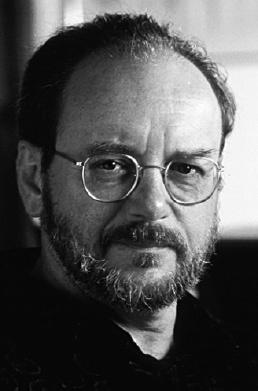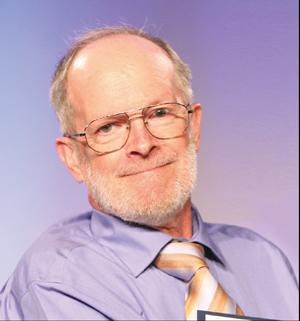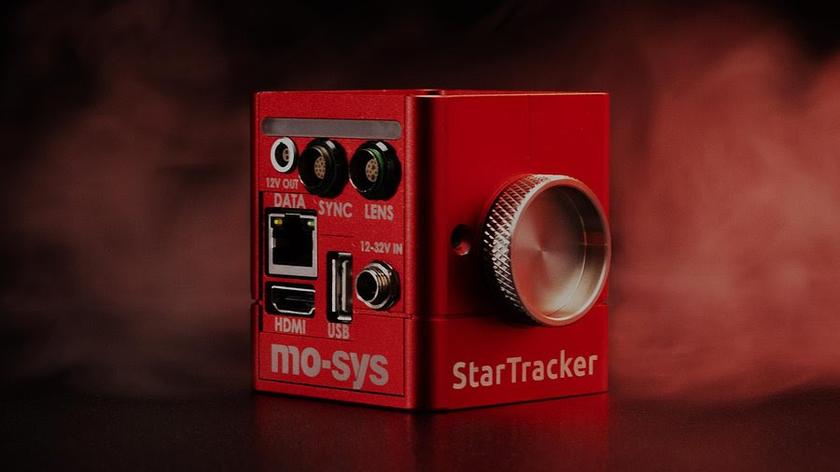In Remembrance of Excellence

Dave Moulton
I don’t know how many TV Technology readers know of Neil Muncy. However, it is highly improbable that any of us haven’t heard his work (he has some credits to die for, including some great productions with which we are all familiar); and it is almost impossible to imagine that, if we’re in the business, we haven’t all experienced the influence of his work one way or another. I’m sorry to report that Neil passed away in mid-August.
It’s worth a moment of our time to note his passing and reflect briefly on the effect that Neil has had on us all in the audio industry. We have been blessed and enriched by his presence.
WHAT IT MEANS TO BE INTERDISCIPLINARY
Neil didn’t specialize, really, except in excellence. We’ll get to that in a moment. First, consider the range of work that Neil did: circuit designer, console builder, recording engineer, acoustician, studio designer, teacher and electronics guru.
Neil was a console builder of distinction before there were console manufacturers. He built some gorgeous, great-sounding and fabulously reliable custom consoles before almost anybody had figured out how to build consoles and many of his smaller remote consoles from Suburban Sound Inc. are still in service, 40-odd years later. That’d be enough for most of us.
For Neil, it was just a beginning. He noticed, for instance, that we didn’t understand much at all about how to listen to our recordings in control rooms, especially as we began to morph into multitrack production. So, Neil became an acoustician and studio designer of the first order, working to create control rooms that had the same physical and acoustical integrity that his electronic designs had.
Later, working with Peter D’Antonio (of RPG Diffusors) and others, Neil developed a control-room topology they called the “Reflection Free Zone” (RFZ), which has had a big impact on control-room design. If you’ve worked in any modern acoustically configured control room, Neil’s thinking may very well have had an effect on its design.

Neil Allen Muncy Neil was also a tremendous teacher. That’s where I worked with him, teaching for National Public Radio. Speaking as a professional educator, I can tell you that Neil’s basic lectures on acoustics, electronics, signal flow, microphones, loudspeakers, audio production, audio post production and a host of other topics (anything he cared to work up, actually) were lucid, brilliantly clear and memorable. My use of Neil’s materials for almost 20 years has enhanced my own classroom presentations and effectiveness as a result.
Neil’s best-known work began in the 1990s, when he and Bill Whitfield, of Jensen Transformers, began to systematize the thinking about audio-grounding practices, leading to Neil’s articulation of what has come to be known as “The Pin 1 Problem.”
Some landmark AES presentations in 1995 and 1996 have changed audio grounding practices forever, and for the last 15 years of his life, Neil devoted considerable time and effort to just that. Check out Mary Gruszka’s articles on the Pin 1 Problem inTV Technology, if you want more information.
WHAT IT MEANS TO BE EXCELLENT
But what Neil really did for us, I think, has to do with excellence. Excellence pertains to obtaining performance and products of the finest and highest quality. Neil was never satisfied with less, and he both drove and inspired us, his colleagues, to always reach for such excellence. He was wonderfully lucid and occasionally very funny in his calls for excellence—it was never an angry rant about our deficiencies, but rather an expressed amazement and wonder at the lengths we needed to, and could, go to in order to obtain those excellent outcomes.
WHAT NEIL MUNCY REALLY TAUGHT ME
The following, adapted from my website (www.moultonlabs.com), was written back in 2001. It was true then, and is true now:
Back in the 1980s, I was a state employee of the mediocre kind, having just “moved up” to state college faculty from owning my own dinky, little demo recording studio. I hadn’t had anybody push me toward excellence since graduate school. I was way more than satisfied with the first easy, cheap, quick answer to present itself in any given case.
But, through the agency of dumb luck, while teaching audio at SUNY Fredonia one summer, I found myself on a National Public Radio teaching staff with a rather remarkable group of audio professionals, the most notable of whom was Neil Muncy.
I quickly discovered that Neil was and is an audio god; a skilled recordist with some remarkable credits; a console designer from the days before Neve; and an audio theorist and acoustician. Neil’s specialty for these NPR Music Recording Workshops, in addition to teaching about consoles, electronics, grounding and signal flow, was acoustics and critical listening. (Sometimes I think the rest of us taught at the workshops just to be near Neil.) Suffice it to say, Neil was way beyond my pay grade.
Neil introduced me to a serious and rigorous consideration of the audible implications of stereophony and loudspeaker behavior in reverberant spaces for the very first time. He introduced me to a more critical and considered evaluation of how and what people heard when they listened to music coming out of loudspeakers.
Neil listened very carefully, and also thought very carefully about what he heard. He created some remarkable, temporary listening rooms that were extremely effective, and taught us all how to hear the benefits of their virtues, and (a first, for me), how to hear the physical goodnesses and badnesses that exist in audio recordings, using the benefits of those temporary listening rooms for fun and profit.
Over the next decade, with Neil leading our pedagogical efforts, we taught NPR engineers and producers all over the country how to listen and how to hear.
And as a function of all that, I learned a huge amount more about how to hear; how loudspeakers work; how rooms work; and why music and audio are so important. It has become my professional life. Without Neil, I really don’t think it would have happened.
WHAT DOES IT ALL MEAN?
Neil was my mentor for audio. He was also my mentor for excellence. He gave me the inspiration to try for something better than what I knew I could do easily. He taught me to try to reach for the stars.
So, now you know. Whenever I start in on one of my rants about loudness or resolution or quality control, I’m still channeling Neil, just trying to make it a little better. Thanks, Neil!
And thank you all for listening.
Dave Moulton is still a mere grasshopper. Thanks again, Neil, for trying to help me be more than that.
Get the TV Tech Newsletter
The professional video industry's #1 source for news, trends and product and tech information. Sign up below.












